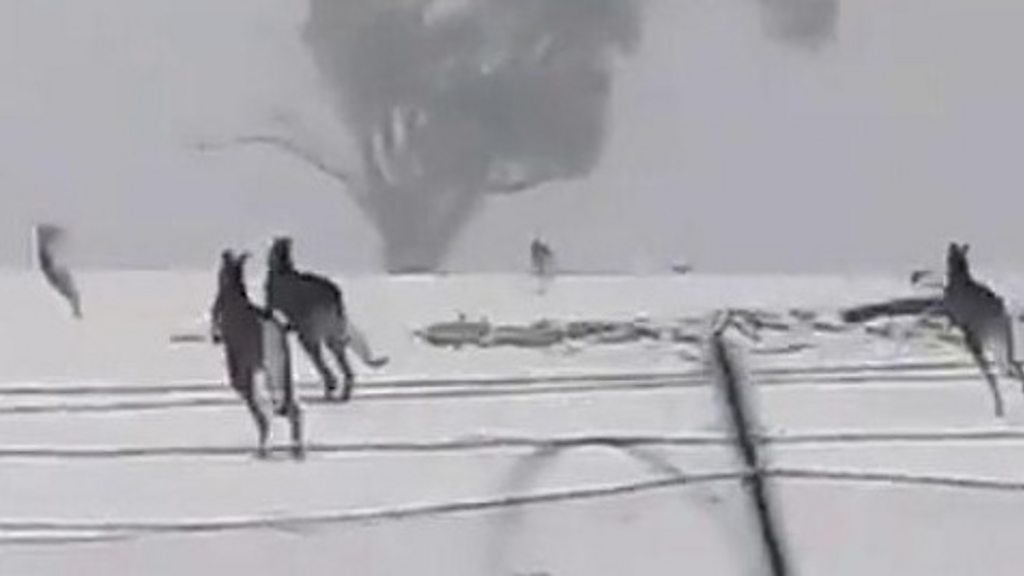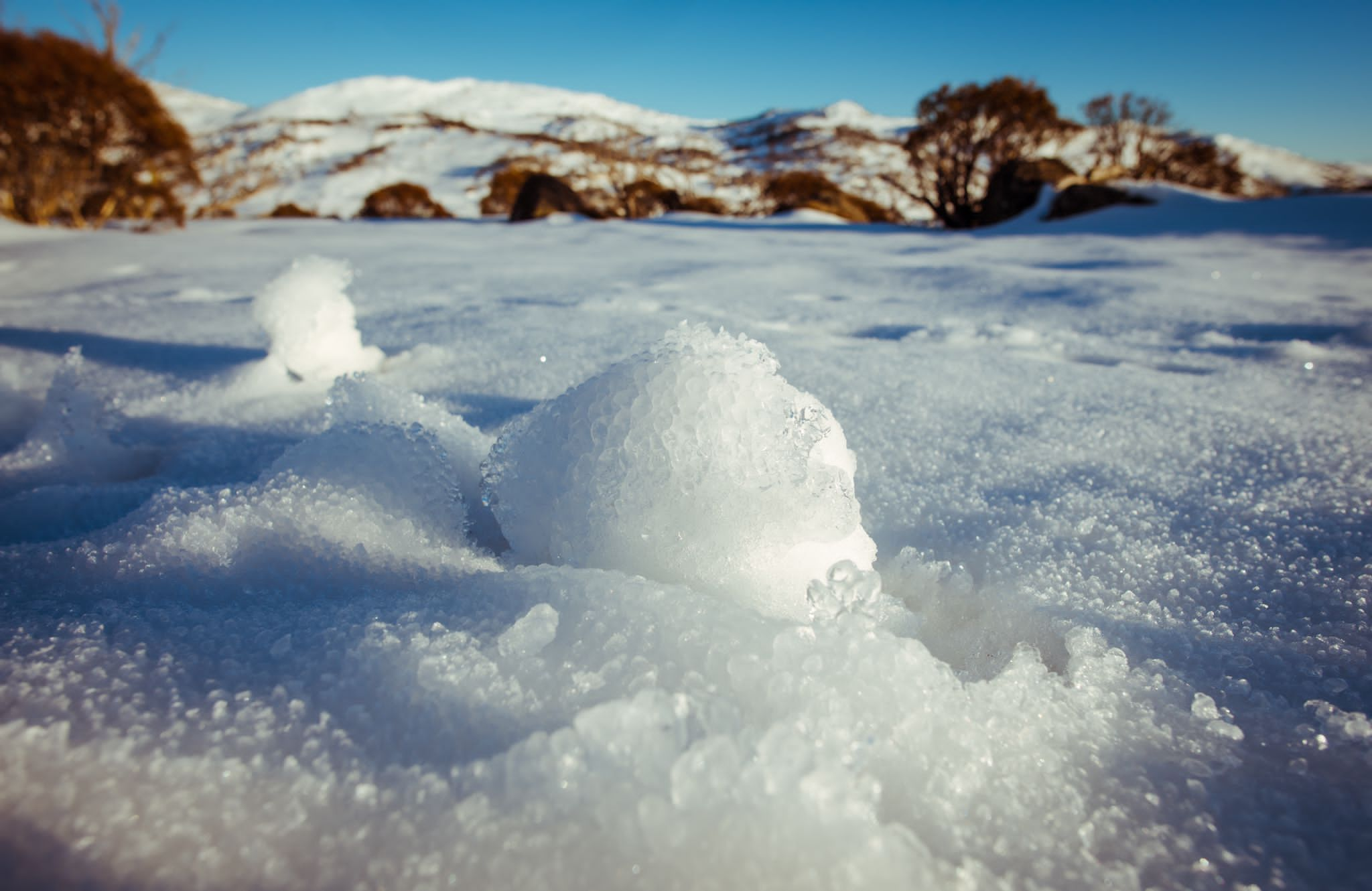Learn About the Fascinating Weather Patterns That Create Snow In Australia Each Year
Learn About the Fascinating Weather Patterns That Create Snow In Australia Each Year
Blog Article
Discover the Remarkable Results of Snow in Australia on Local Ecosystems
In spite of its credibility for sun-soaked landscapes, Australia likewise boasts regions buried by snow-- a sensation that exceptionally affects the nation's distinct communities. The insulating homes of snowflakes protect vegetation and fauna amidst the coldest wintertimes, while the melting snow supports rivers and aquatic life. The real wonder lies in just how these chilly conditions shape the nation's biodiversity and nutrient cycles. As we unwind this elaborate relationship, we locate ourselves walking on undiscovered grounds in Australia's high nation.
The Unexpected Regions of Snowfall in Australia
Although Australia is usually connected with sun-scorched landscapes and sandy coastlines, specific regions remarkably experience snowfall. The high nation areas of New South Wales, Victoria, and Tasmania are especially recognized for their winter season snow. The Snowy Mountains in NSW, for example, get abundant seasonal snow, offering a plain contrast to the nation's typical hot, dry environment. Meanwhile, the Victorian Alps and components of Tasmania also see annual snowfalls, changing the landscape into a winter season wonderland. These locations are not simply abnormalities but integral components of Australia's diverse climate system. The existence of snow in these regions considerably influences neighborhood ecological communities, consequently impacting the nation's special biodiversity. The particular effect on Australia's unique flora will certainly be reviewed in the following section.

Exactly How Snow Impacts Australia's Distinct Vegetation
While it may seem uncommon, snowfall in Australia plays a critical role in shaping the country's unique vegetation. The snow-filled wintertimes foster durability in Australian plant varieties. This is especially evident in the towering and sub-alpine areas, where snow gums and mountain plum-pines prosper. These plants have evolved to endure in severe conditions, with snow acting as a protective blanket from rough winds and freezing temperature levels. The snow also adds to the moisture web content of the dirt, supplying essential hydration for plant life during the dry summertime. In essence, the snow influences the timing of blooming and seed dispersal, the development rates, and the survival of several plant species, showcasing the elaborate interaction in between environment and flora in Australia.

The Adaptations of Australian Fauna to Snowfall
Equally as Australia's flora has actually adapted important source to the wintery conditions, the local animals too, show exceptional adjustments to the snowfall. Species like the Mountain Pygmy-possum, the only Australian marsupial understood to hibernate, have actually evolved methods to survive in snowy atmospheres. It uses the snow as insulation, hibernating in rock holes beneath the snow to stay warm. Similarly, the Snow Skink, a species of reptile, transforms its colour to white during winter season, providing camouflage versus killers. Birds such as visit this page the Snowy Hills' Crimson Rosella likewise adjust their diet plans to consume offered food resources throughout chillier periods. Therefore, in spite of the harsh problems, Australian animals shows a flexible and resistant nature, guaranteeing their survival in regions experiencing snowfall.
The Role of Snow fit Local Ecosystems
Fit the neighborhood communities, the role of snow in Australia is both multilayered and extensive. It influences the circulation of vegetation and fauna, greatly specifying the biodiversity of sub-alpine and alpine areas. Snow offers an important water source, feeding rivers and reservoirs as it thaws, hence supporting a selection of marine life types. In addition, snow works as an insulator, safeguarding ground-dwelling microorganisms from severe cold. In a similar way, it plays a significant duty in dirt development and nutrient cycling. The periodic cold and thawing of dirt generated by snowfall fosters the read more break down of rocks, enhancing dirt fertility. The visibility of snow shapes the plants patterns, pet actions, and total sustainability of Australia's one-of-a-kind communities.

The Future of Snowfall in Australia: Effects and predictions

Given the essential function snow plays in shaping neighborhood environments, the future of snowfall in Australia is drawing raising attention from conservationists and researchers. Less snow can result in reduced water accessibility in alpine regions, detrimentally affecting wild animals environments and plant life. The tourism market, heavily dependent on the wintertime snow season, may likewise face significant challenges.
Verdict
The role of snow in Australia's ecological communities is critical yet often forgotten. It functions as a protector, a nurturer, and a shaper of diverse towering varieties, adding to the richness of Australia's high country. As weather patterns remain to shift, understanding the ramifications and potential improvements of these snow-influenced communities is important. Thus, the snow in Australia is greater than an all-natural phenomenon; it's a vital gamer in the country's environmental story.
Regardless of its track record for sun-soaked landscapes, Australia additionally boasts regions buried by snow-- a phenomenon that exceptionally affects the country's one-of-a-kind ecological communities. It uses the snow as insulation, hibernating in rock gaps underneath the snow to remain warm - Does It Snow In Australia.In forming the local ecological communities, the role of snow in Australia is both profound and multilayered. The existence of snow shapes the plants patterns, animal behavior, and general sustainability of Australia's unique ecosystems
Given the essential role snow plays in shaping local environments, the future of snowfall in Australia is attracting raising attention from ecologists and researchers.
Report this page